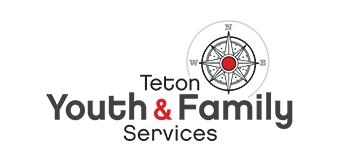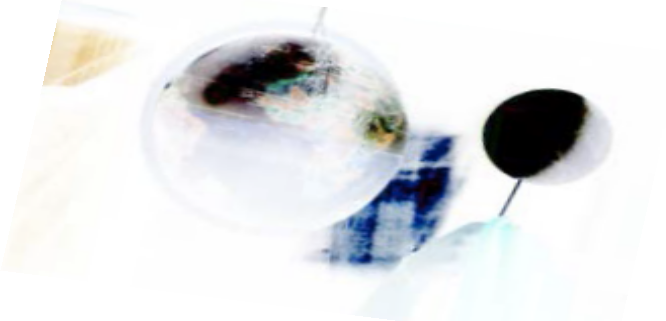Red Top Meadows School Newsletter Spring 2018
Personal Finance: As the Personal Finance course comes to an end, the focus has moved toward wise consumerism Students evaluated marketing and brand recognition by viewing popular commercials, reading about teens as the largest market in the country, analyzing how expensive it can be to succumb to marketing schemes, and determining how to negotiate their way through the world of marketing.
Language Arts: With the spring wilderness theme of spirituality, reflection, and change, students read the work of several poets, analyzed the different forms of poetry, and created a book of poems addressing issues in their lives.
Math: Middle school math students translated written phrases into mathematical expressions, practiced the order of operations, combined like terms in algebraic expressions, and used the distributive property to solve for variables in one and two-step equations. Algebra I students solved real-world and hands- on problems to develop their algebra skills. Students graphed and solved inequalities, absolute value equations, and also used graphing to solve linear equations. Geometry students proved their understanding of several advanced geometry concepts through practice problems. Students learned the material through textbooks, videos, investigations, and online interactives. Topics included points, lines, and angles; proving theorems with deductive and inductive reasoning; parallel and perpendicular lines and planes; angle relationships; equations of slopes and lines; triangles; and segments and angles.
Algebra II students solved systems of linear equations and inequalities. They practiced some of the basics of linear programming and analyzed graphs of linear equations in three dimensions.
Reading: Students in reading class played reading games, breaking down words into their affixes and roots and using those to determine word meaning.
Science: In Physical Science, students created comic strips to demonstrate the factors that contribute to the unique climate of the Galapagos Islands. Next, students modeled the phases of the moon by making i-Movies showing how movement within the Earth-sun-moon system results in the phases of the moon. They also modeled how the axis of the Earth results in seasonal changes globally. Students also experimented with nuclear fusion to demonstrate how elements in the sun fuse and release radiation that powers energy-dependent processes on Earth. Biology students practiced using and developing dichotomous keys to identify organisms and illustrated how the processes of photosynthesis and cellular respiration work together to ensure organisms on Earth have the energy they need to grow, develop, and reproduce.
Social Studies: Students in Government determined how political parties emerged after the presidency of George Washington. They got two perspectives on the role of federal government by reading the Federalist and Anti-Federalist Papers. Students created charts and researched the differences between the two main political parties. In World History, students researched and developed Power Points on a nation in Central or South America to investigate concepts of colonialism and independence from England. Finally, students analyzed the French Revolution by answering questions about the reign of Napoleon.
Life Literacy: Students practiced and reflected on mindfulness. Next, when the mindfulness unit ended, students shifted to a focus on the Escalante Desert. The class conducted experiments with rust, made observations of artifacts from the desert, and collected and used evidence to argue whether they thought scientists had enough evidence to prove there was once liquid water on Mars.


